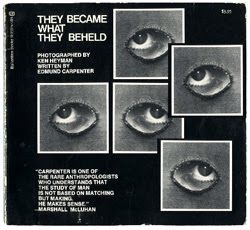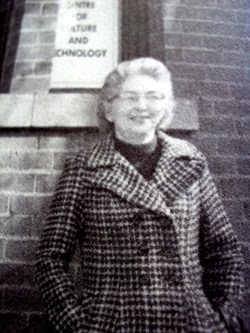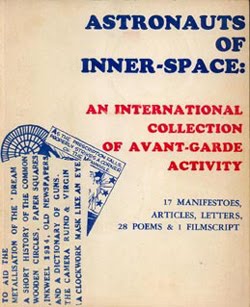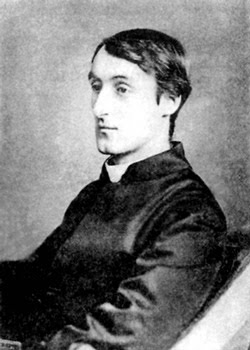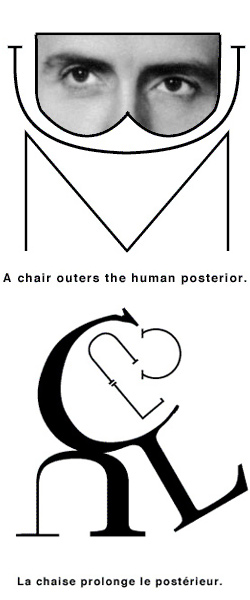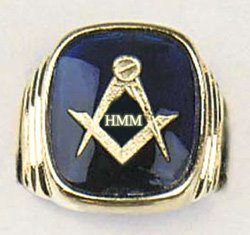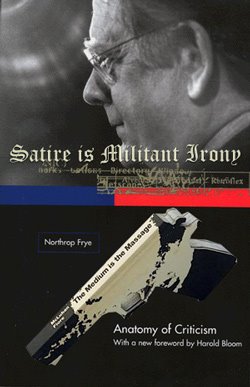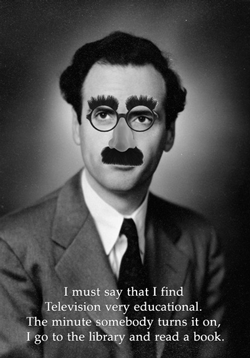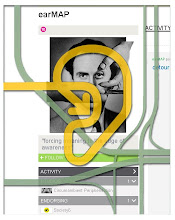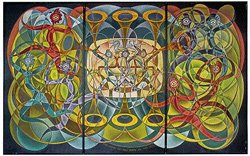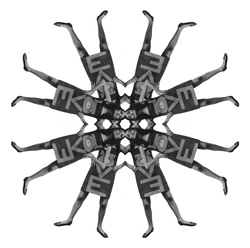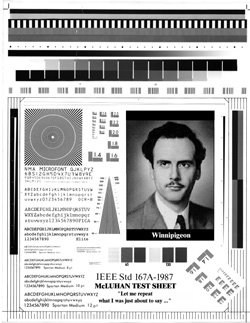




"In discussing media, people often assume that they know what a medium is, but almost never examine
that idea, with unfortunate consequences. Because a medium is a most mysterious thing. In fact a
medium and a technology are not at all the same thing; the one is the effect of the other. New
technologies exert their influence over their users in two ways: one, direct, by extending and distorting
the sensibilities and organs; the other, indirect, as environmental forces—a ground or surround for the
user.
The medium is the entire set of circumstances that include all of the changes of scale and pace of society
made in order to adjust to the new thing. The medium of radio is not radio sets; the medium of TV is not
TVs; the medium of the computer is not computers. To take an offbeat example or two: the medium of
the airplane is not the airplane but the airport.
The medium of the car is not automobiles but it IS the road, and the oil companies and oil and gas
services, and service stations and manufacturing facilities and designers and junkyards and police forces
and so on. And the quality of air. And the effect on the horse and the buggy trades. And international
politics involved with oil and gas.
It includes also the manner in which cities have to be reorganized in order to accommodate to changes in
kind and pace of travel. The car destroys the centralized city and institutes the suburb. It also completely
readjusts the structure of family life and energies and the relation between work and home and patterns
of leisure. I am giving here the barest sketch of the medium of the car. It makes no difference at all what
one uses the car for, you see; it imposes the changes as a necessary part of simply having cars. The use,
the content of the car, as of any other medium, is always the old job or the old situation.
But the new medium or ground means a totally new kind of culture and a new way of seeing self and
society and relation to others. These are the unexamined and unintended side-effects of the new
technology, and they are the real meaning of the word "medium." They are the "message" of the car, or
the radio or TV or whatever. Clearly, too, one doesn’t have to own or operate a car to be profoundly
influenced by it.
All you have to do is live in the milieu that it imposes and you are totally absorbed by it and affected by it
as the most dedicated user. The same is true of all other media. Today all of the new media are not simply
local in their scope and influence but also global, so it doesn’t matter, say, whether you live in an
advanced area or a backward area, the impact is felt anyway. You don’t have to own or operate a
computer to have your entire culture affected, modified by them.
It is as grounds that technologies transform cultures. It would not be any exaggeration to say that each
new technology means a new culture, and in this the user has no choice. The medium is the side-effect,
while the use or direct or planned effect monopolizes attention. That very considerable attention on the
content or use ensures that it remains neutral and robs it of its potency.
Now, let me give you a brief example of the manner in which media work directly on the sensibilities. I
have for the last dozen years been studying the effect of the computer and word-processor on the skills
and habits of writers and of readers. In the last decade or so there has been a radical and subtle
transformation of attention and attention span, a shift towards the right side of the brain and away from
linearity. Away, in fact, from the alphabet, but that is too complex a matter to address at this moment.
A gradual shortening of attention span has resulted in a move away from, for example, the traditional
forms of paragraph structure and has seen the institution of three new styles of paragraph. These are,
first, the 2- and 3-sentence paragraph; second, the one-sentence paragraph; and, third, the style of
writing called "point-form."
Entire articles and essays are now written in one-sentence paragraphs (not only in journalism), and it is
worth considerable study to ascertain the effect on written discourse of merging the sentence and the
paragraph. The new form is inhospitable to quite a few kinds of discussion. Point-form, on the other hand,
is remarkable because at one extreme it enables the writer to dispense with the sentence. Now, a form of
statement without syntax has subtly pervaded our everyday affairs. I leave it to you to contemplate the
implications.
In the meantime, the old seven-to-ten-sentence paragraph has quietly begun to fade from the scene.
Few, except for a handful of academics, use that antiquated form any more. With it goes one of the
delights of literacy and of course a kind and a range of expression and sensibility.
On another front, the length of the average sentence in writing for a large audience has also nose-dived.
In the past twenty years, the length of an average sentence in North America has shrunk from about 22
to 23 words per sentence to about 18 words per sentence. That represents a drop of fifteen to twenty
percent.
Sentence length is an accurate gauge of attention span. I wish to emphasize that no one has proposed a
theory about this, and that these changes have not been made according to some plan. They simply
result from the natural interchange between readers and writers, as writers adjust their prose styles to
accommodate their readers’ mental habits and mental equipment.
Also at the same time these shifts have been occurring in the structure of prose, readers have been
changing their approach to printed text. In the early sixties, I used to teach high-speed reading
techniques. At that time, the average reading speed of the average student (who was a pretty average
person in most respects) at our institutes was on the order of 400 to 500 words per minute (wpm).
In the last couple of years, I have been tracking the reading speeds of my students and find them now to
be on the order of 220 to 300 wpm, with the majority on the lower end of the scale and not a few below
200 wpm. This by itself speaks volumes about the condition of literacy and the satisfactions accessible
under these conditions. These latter underlie much of the current slippage. We are all familiar with the
mental "movie" that accompanies reading, say, a good novel (though not a factor in an algebra text).
Well, this movie only begins above a certain speed or range of speeds. As you approach the reading-aloud
speeds, the movie stops, and of course it is absent entirely when reading aloud. The inner voice and
image stop as the outer voice takes over. At that time, other factors and other sensibilities are engaged.
So these students have no access, because of their inefficiency at reading, to some of the joys of
reading: they have the work without the satisfactions.
Reading then becomes more of a chore. Additionally, many of them have never read a book on their own
all the way through (I do not count books that have been forced on them by school which in any case
they often just skim). On the computer or TV, the alphabet is one of the least satisfying uses of the
screen and the least efficient. No-one voluntarily reads alphabetic text, short or long, for enjoyment, on
this medium—otherwise we would have had "educational" texts on TV long ago.
Perhaps most significantly, advertisers learned early in the game not to bother to put text on the screen:
it is counterproductive. I cite advertisers because they are wholly pragmatic and not interested in theory
but in result and efficiency. I have no hesitation in attributing these changes in sensibility directly to
prolonged use of the TV and computer screens.
The function of the content of the script or the program has its own effect, in a different area. But it is
the technology itself that is responsible for these changes in perception, and it is the technologies that
we need to understand before they wreak their own patterns on our lives and cultures and societies. The
content serves to distract the attention away from the power of the medium just as the worm keeps the
attention of the fish away from noticing the hook.
One of our poets, T. S. Eliot, put the matter this way: the function of meaning in a poem, he said, is to
act like the choice piece of meat carried by the burglar to distract the housedog of the mind so that the
poem can do its work on the reader unhindered and unnoticed. That content, or use, attracts all of the
attention and moral indignation or praise while the medium thoroughly transforms the unwitting user. In
saying that the content is always an older situation, I do not mean to imply that the content is not
affected: far from it.
The use or content (and in a special way it is the user himself that is the content) is transformed by
having been surrounded by the new form. So TV made movies an art form, and movies took over the novel
as their content. The content of the Internet is clearly the entire of human arts and sciences, the whole
of the encyclopedia, which term comes from the old Greek idea of the egkuklios paedeia or circle of
knowledge.
Homer it was, and Hesiod, who found a way to organize and transmit to succeeding generations the
accumulated knowledge of Greek culture via their poetics—the same poetic establishment that Plato
declared war on in Republic. Well, we have the encyclopedia again, in oral form, not as classified
knowledge, yet minus the Homer. Evidently, the arts have a large role to play in the future of the nets
and webs."
-Dr. E. McLuhan













![et cetera : LOVE [1977]](https://blogger.googleusercontent.com/img/b/R29vZ2xl/AVvXsEgQ8s7vwLQuzHDNgqlfBacxRkEbOErToak9kmgFl0VmyIYEqS9qIzNIVcXKpzTncPhqo3TSgOyztAguIW6OlXw65aFHmpx6cRzmvCUQQMTwUGUOd0iE0GbJakEc3g3kBAJrvlZP4z3eesg/s1600/etc1977.jpg)









![MAC LUHAN [sic] : LOST IN TRANSLATION](https://blogger.googleusercontent.com/img/b/R29vZ2xl/AVvXsEg92tMqBMDA917NDivsS2ZwIirx9KTf24tOCgFFnK65p7Hw5dvqEh1e2aefCynj2UW8u-k8zwBXbjgypsCXUcv-5G7ZCsyDB13giHEjmhVISAeW-oI_JV6ePOXW_XBDPwy2nREAoqRU7Z8/s1600/MAC.jpg)






















![Les Yeux De Nadja [unpublished]](https://blogger.googleusercontent.com/img/b/R29vZ2xl/AVvXsEgrXohpIuxxYyjKoqBSQf3TpYGjnttZnjRFvmMdshadfnVKi7PMAjIqEuqYctZFXOFH2n-oH75oJx-YkaON7xvaZgVdvaK0zfSOurEmCKqmWF6qXh2F3VbqyixfGhvY4qH6LENMTs1wCIw/s1600/2xsurreal.jpg)
















![PIED PIPERS [MARSH] ALL](https://blogger.googleusercontent.com/img/b/R29vZ2xl/AVvXsEhqvGIGG9lWZYhFZRVc_V8EJG2apQBsys4kNQOQsA0EV6H6Tg-SMN0sX15NXy_GzsF3xAUdcb2QlfvJk-RU-Rha-3Eu5Mnglkf5KLe6pccVqAP4VR_Gi4fGQ716QSmDe3Zna5Uwct5d2sw/s1600/piedPiperMarshALL270.png)






























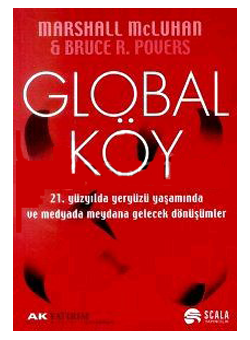




























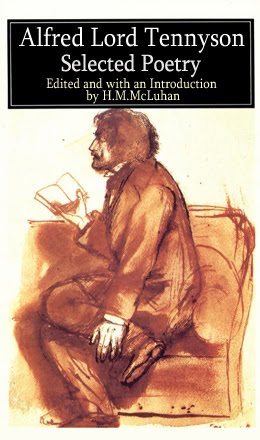

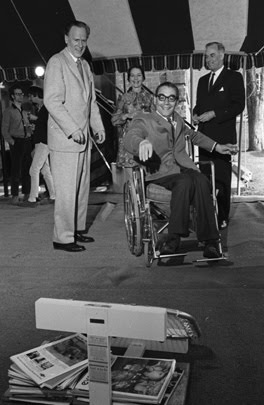




![PICNIC IN SPACE : The Great Minds of Our Time Film Series [1973]](https://blogger.googleusercontent.com/img/b/R29vZ2xl/AVvXsEjyov75DRIUBWcYLkzPYmupFy8CQ9dQ4Q798zDIN6jPNsSdBB_WuOcvPl4WjMAz10csG071oCO3BCUtIcKyHoIkCN0lCy0OxGCV_HrLXrGNKRpUiKMrqzkJh4LSc7jT_KrrqmClapSlVa8/s1600-r/PicnicInSpace.jpg)


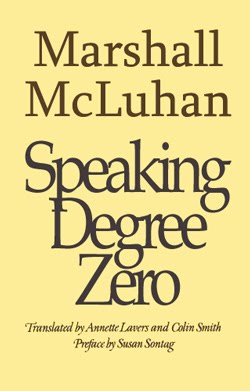






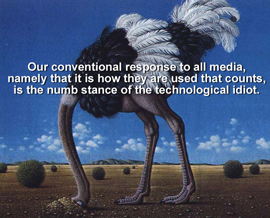


















![more Hidden ground [re:Bride] : the "flippancy" of tone seemed just "right"](https://blogger.googleusercontent.com/img/b/R29vZ2xl/AVvXsEg-hQyF9KGGhKYc73nUGmV1bStJ4fTJVh0-TL1ZtikLZEv5ppjhB3DOhFcVuzGq-kByrwtTAWgCcE173pA3UTIPe7h6xJjsPt7lRvNym007ZsdXenMDLNimKcwtaTOqkGleoxmXOeCKtxXL/s1600-r/LEAVISLEWIS.png)
















![BABA WAWA [TODAY SHOW, Toronto City Hall 1970]](https://blogger.googleusercontent.com/img/b/R29vZ2xl/AVvXsEjTZAIFkA07K36WGk951vmZnLPU99fOdNzlvVhyphenhyphenhKZEKu2n2AW5EA1CDZGaTk0aYRXUv7IOXG39igaikoE6SWm8j7QIG96wYRE54oBXwvlaNCJzp15vdkrcqR97IMMny-8sHjM-VDotTOaY/s1600-r/babaWawa.jpg)

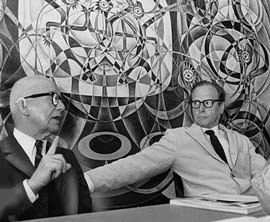

![enter the dragon : "typhon in america" [unpublished]](https://blogger.googleusercontent.com/img/b/R29vZ2xl/AVvXsEjdCnZdJ6JbaLc6hyUmUJo5UJ0m8WZSj_afYU9oRlHKIUgAIfcy2EPHNAptSRYEAmpOf0Xaa0B8iMgOTF302lY0Xmbyne0hvrdRyNo-t0Q-PPdzqX39uI3T5x5FppRPaQf9sSaXytrOpWVN/s1600-r/TIA.jpg)




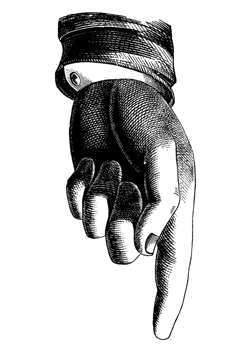






















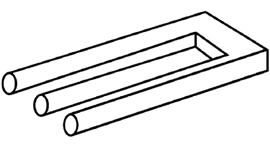









![Take Today [1972] : "the consumer becomes a producer..."](https://blogger.googleusercontent.com/img/b/R29vZ2xl/AVvXsEhA53bdVdTaXdQo1fDmrsI8oiAwF-3jampcanOq8uk3QMh8_ImkNsTiKd4-RnZY8Vbwqh1fymJiyCl1CSLcSonXHQM6XbnJYQi_Vu89gbAV4jVq73EtlbM3w6CthyphenhyphenV_pHEjE6eu_VhC489u/s1600-r/PROSUMER.jpg)








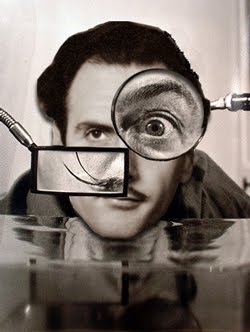















































































![" Outtragedy of poetscalds!, Acomedy of letters " [ FW 425.24]](https://blogger.googleusercontent.com/img/b/R29vZ2xl/AVvXsEhJMrJLN3oPUb25A2tjQtWZcZxA4wZB0IOvaIAvxosAUqlFc258HHvzvlnHHvKhKq7hG3epo76izY2Bu0HC3Cy-8S46Rf0Wni3L8j8jEfpT7sXK3UFlXBMtN2v2JdrmdxvWk8VWKjkhN4-9/s1600-r/preplexLP.png)







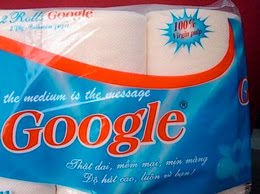



![mars[HAL]9000 : " Tomorrow is our permanent address."](https://blogger.googleusercontent.com/img/b/R29vZ2xl/AVvXsEhmblupqmUiuV3GbyayJiDRGEO63TEgwjHi-i8b0kVYDvXrKFWTCyl-e21la4QJXC4nDFDzx51Omi6fYPLJcqRHFoP6zSsL0CVZF98eMf6mxCE2WDfvMmT4q9G3X45-P0IYGDmliE0fCR3C/s1600-r/marsHAL9000_250.jpg)












































































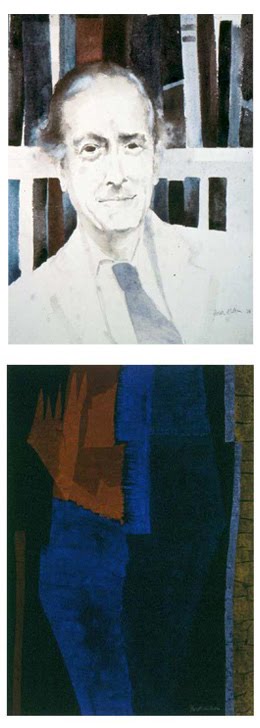















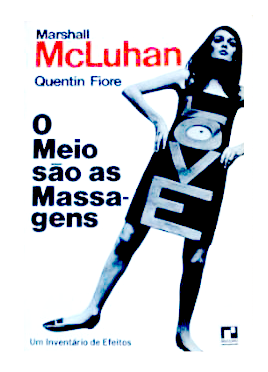





































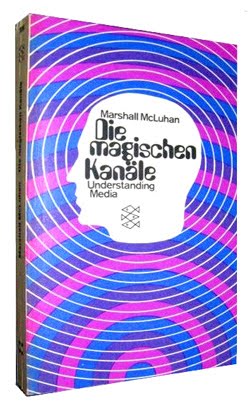
























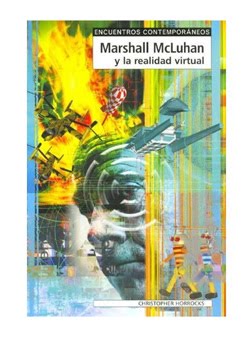




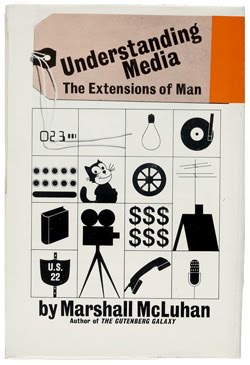





























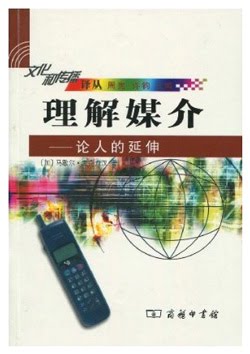











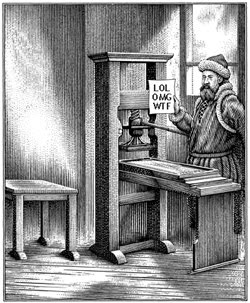








![Lucifer [from Latin] <br>meaning "light-bearer"](https://blogger.googleusercontent.com/img/b/R29vZ2xl/AVvXsEhq-2kZZOfh-Syv1Ewa0Ns2O6ZeP59pcsJp9ihhKcXCaovYZO_cKxffC5iSKOXFHr6E1jiHc6zedt1U6I95831RgpVdm3qk8-9C3y1yPyrCiQe4jgx-DsbeHnjKnw9t6Qx3ZM5TSYxiPj5H/s1600-r/lucifer.png)













